Optimal Timing for Water Feature Installation
Water features add aesthetic appeal and tranquility to outdoor spaces. Proper timing for installation and maintenance ensures optimal performance and longevity of these features. Understanding seasonal considerations and climate factors can influence the best period for implementing water features.
Spring and early summer are ideal for installing water features due to milder weather and longer daylight hours.
Regions with mild winters allow for year-round installation, while colder areas may require seasonal planning.
Regular maintenance is most effective during spring and fall to prepare for and recover from seasonal changes.
Extreme cold can cause damage to water features; thus, installation should be avoided during freezing temperatures.
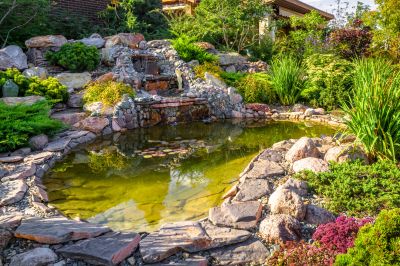
A lush garden setting with a newly installed fountain during springtime.
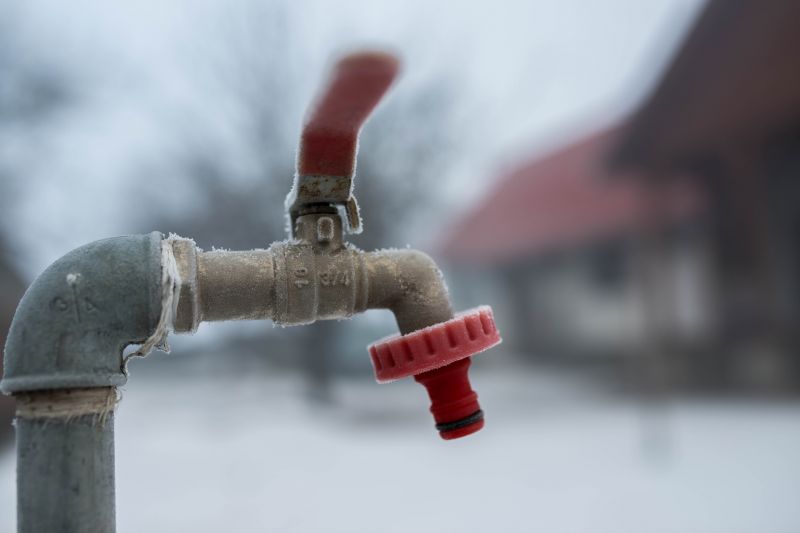
An outdoor water feature winterized to prevent damage from freezing temperatures.
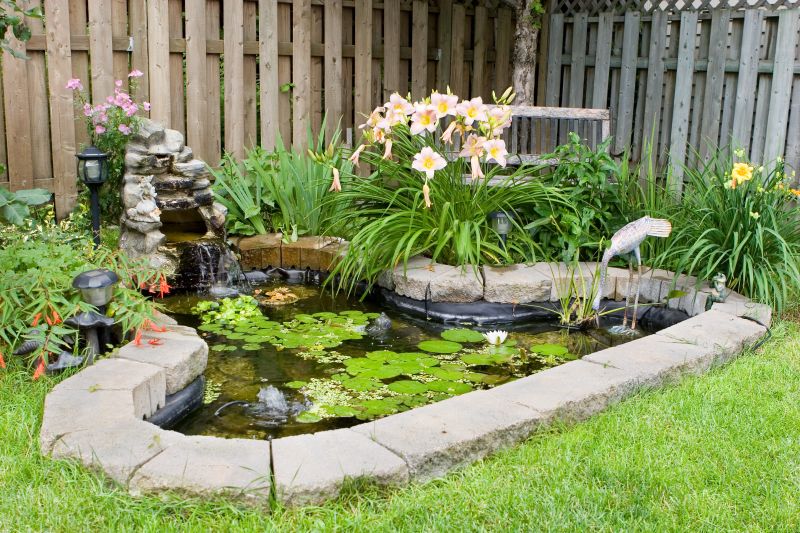
A backyard pond thriving with summer activity and water circulation.
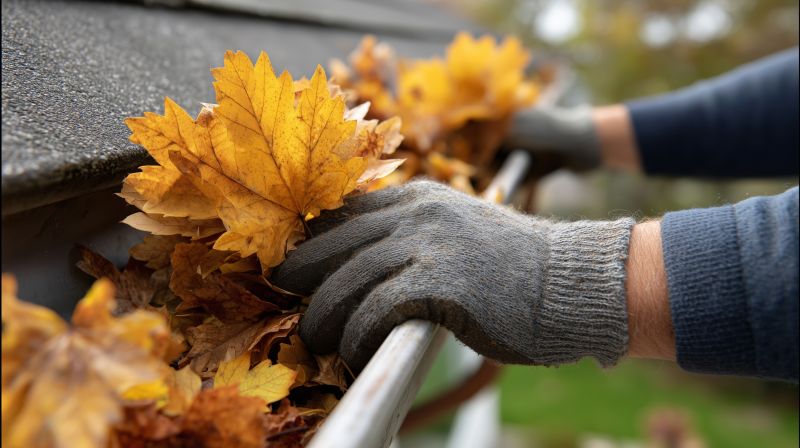
Cleaning and preparing water features for the upcoming colder months.
Water features encompass a variety of elements including fountains, ponds, waterfalls, and streams. They serve to enhance landscape aesthetics, create soothing soundscapes, and provide habitat for aquatic life. Proper timing for installation and maintenance can significantly impact their durability and visual appeal.

Custom-designed water features tailored to specific outdoor spaces.
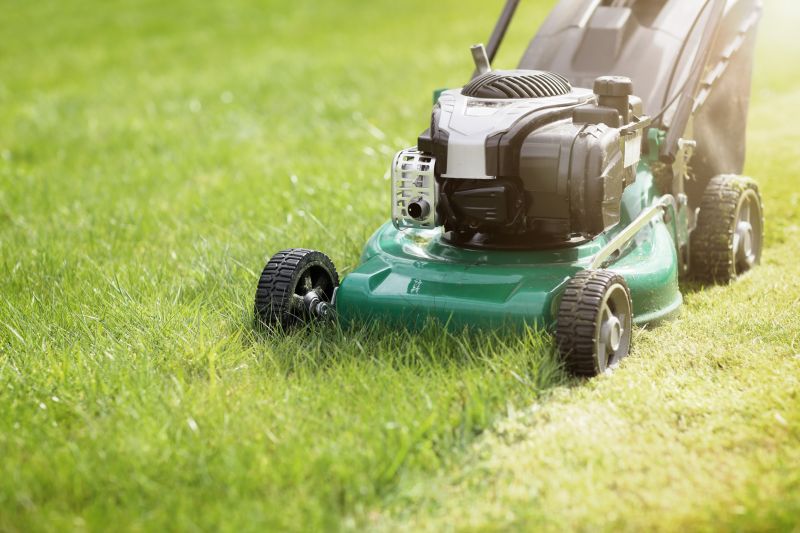
Tools and equipment used for seasonal upkeep of water features.
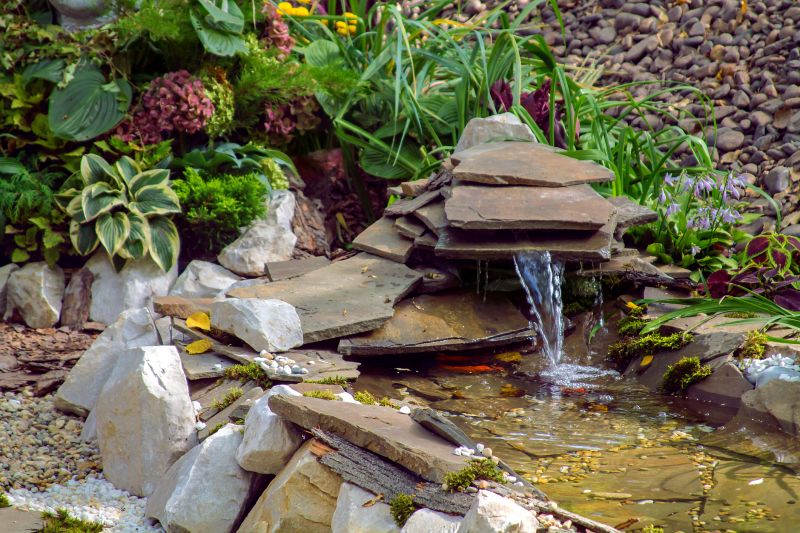
Plants that thrive in water features during appropriate seasons.

Pumps, filters, and lighting essential for water feature operation.
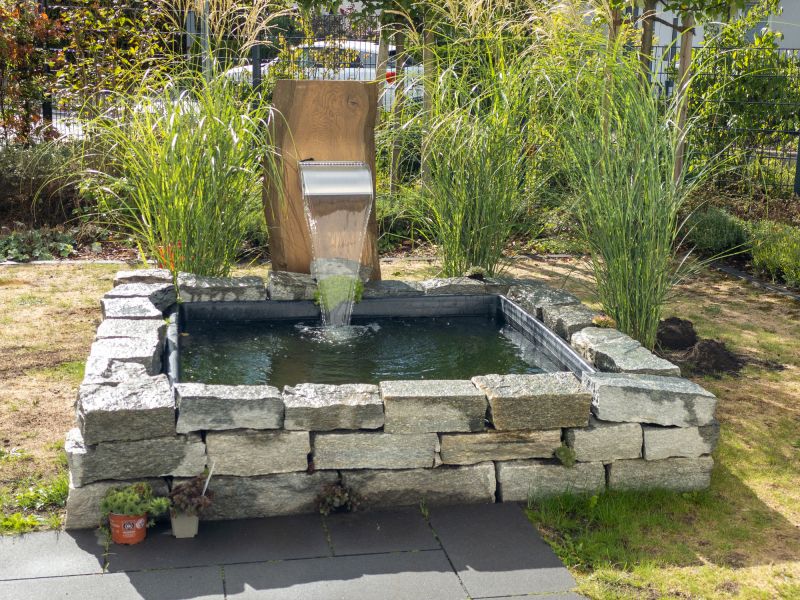
Ways to make Water Featureses work in tight or awkward layouts.
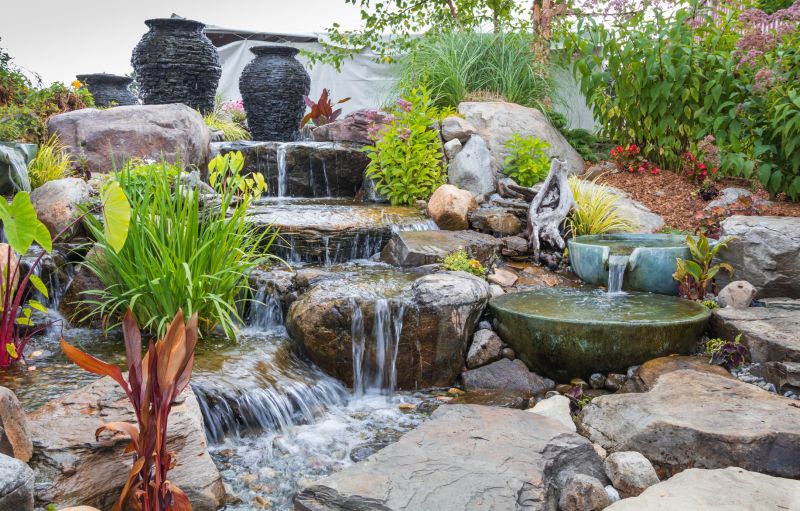
Popular materials for Water Featureses and why they hold up over time.
| Season | Best Practices |
|---|---|
| Spring | Install after last frost; clean and set up equipment. |
| Summer | Regular maintenance; monitor water quality; enjoy features. |
| Fall | Prepare for colder weather; winterize if necessary. |
| Winter | Limit usage; winterize or cover water features. |
| Year-round | In mild climates, some features can operate continuously. |
Understanding the seasonal dynamics of water features allows for better planning and maintenance. Proper timing ensures the longevity and optimal function of these elements, providing year-round enjoyment and aesthetic enhancement.
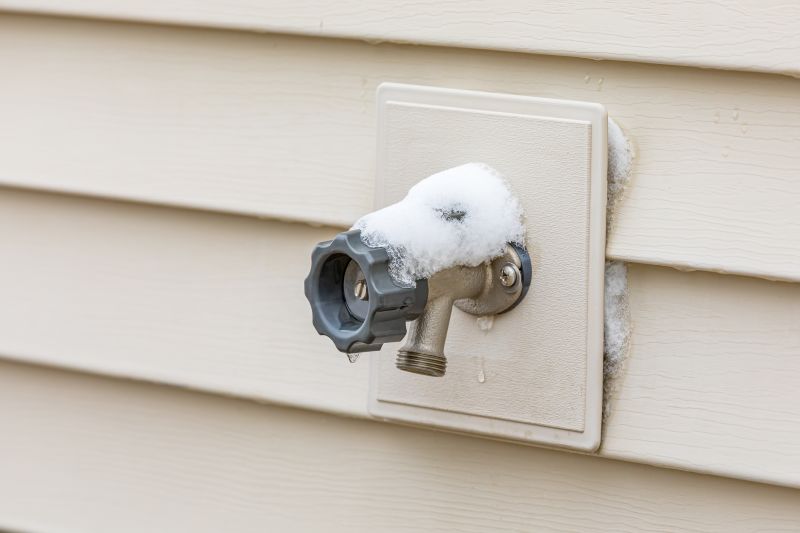
A fountain covered for winter protection in a cold climate.
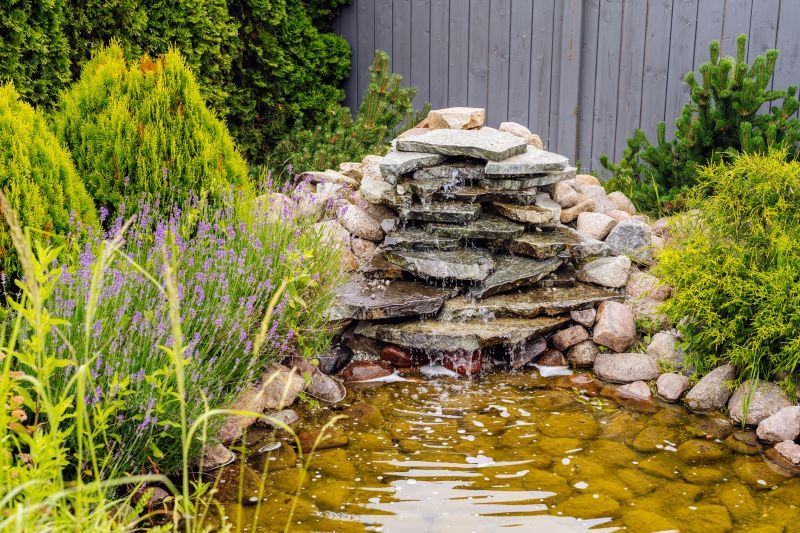
Installing a new water feature as gardens bloom.
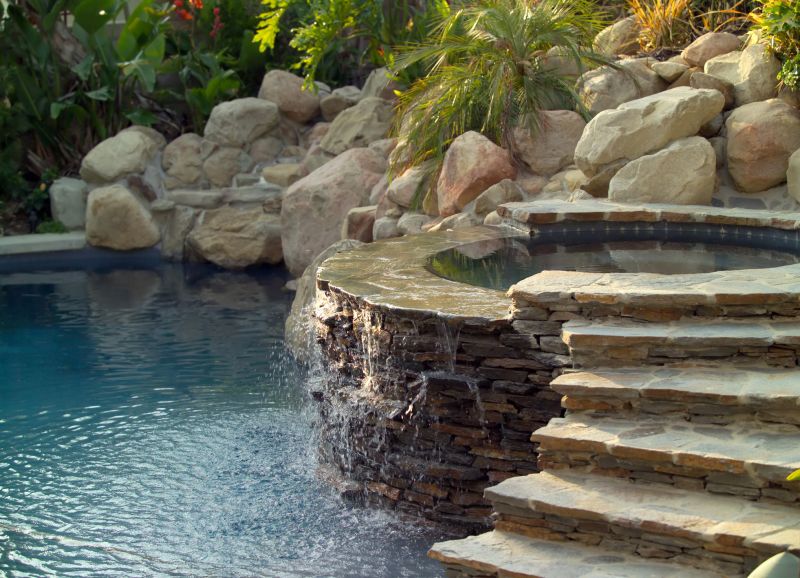
Active water features with lush greenery.
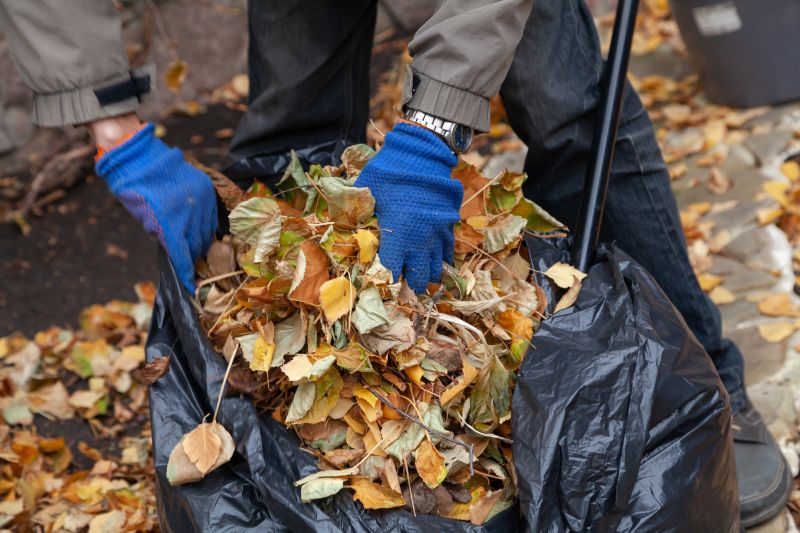
Removing debris and preparing for seasonal changes.
For those interested in enhancing their outdoor spaces with water features, it is recommended to contact professionals for guidance on optimal timing and maintenance practices. Proper planning can maximize the lifespan and visual impact of water features throughout the year.



